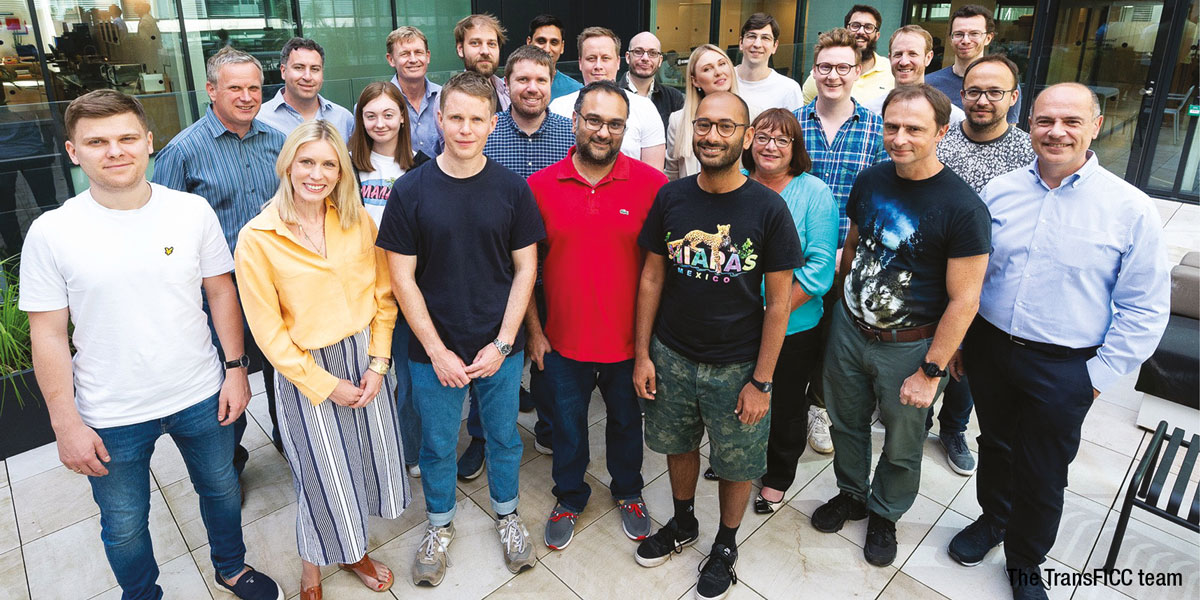By Steve Toland, co-founder TransFICC.
Remember Sun Microsystems’ tag line from 1984? “The Network is the Computer” – meaning computers should be networked, or they are not computers. Or at least you are missing their full potential.
In the same way we now think that “The Network is the Market” – meaning fixed income markets should be networked or they aren’t markets. Or at least you are missing their full potential.
For fixed income trading desks this is particularly relevant, where traders have specific requirements to access market liquidity across many different venues, combined with automated workflows, low latency connectivity, ease of use, reliability, security, and efficiency. Plus, access must be easy and implementation fast – otherwise new solutions can spend months or years in the technology queue, competing for IT resources.
A fragmented market
The main barrier to achieving this network effect is market fragmentation, where there are now 181 e-trading fixed income venues (according to the comprehensive list compiled and maintained by John Greenan, from Alignment Systems). And this fragmentation shows no sign of slowing, with net 17 more venues added over the past year.
This creates a major problem for trading firms, as they struggle to connect their systems to multiple trading venues. Many of these venues have different workflows or different APIs for each asset, meaning that there are close to 250 API specs for the 181 existing venues.
So how can we integrate these fragmented markets and make access easier?
Building technology to support specific workflows
To meet these requirements, the first step is to map trader workflows by group, specific to an asset class. If you relate this to a public transport network, a single line uses a single type of train to call at all stations on the line, for example 4 and 5 trains in New York call at Grand Central, Union Sq, Wall St, etc.
At TransFICC we have built different lines to support the specific requirements of different markets. This started with a government bond D2D workflow line that calls at Brokertec, MTS, Senaf and other markets which support market data, orders and post trade workflows.
However our corporate bond D2C workflow line connects to 12 different markets (MarketAxess, Tradeweb, Bloomberg, TruMid and others), which support axes, RFQ, AON, NC List, C&T, Process and other workflows.
The eight other workflow lines include government bonds (D2C), IRS (D2C & D2D), IR futures, US retail markets, CDS and repo (D2C & D2D). But we also need to consider the use technology to integrate these different assets/workflows.

Technology infrastructure
To successfully integrate these fixed income networks, certain core elements are required. These include dedicated circuits to provide secure access and co-located data centres to ensure low latency connectivity. Equally important is the absence of a single point of failure, automatic cut-over to backups, and data replication for redundancy. Messaging within the network must prioritise high throughput, reliability, replication, storage, and retrieval capabilities.
With infrastructure in place to network these different markets, we need to think about access.
Easy access to enable automation
In keeping with the public transport network analogy, you can access all stations on the New York subway system using a metro card or bank card ‘tap and go’.
This was our original idea at TransFICC. To build a single ‘One API’ product that translates all of the individual market APIs to a common format. This approach simplifies the process of building trading applications but still requires an understanding of different asset classes and the different workflows such as RFQ, RFS, AON, etc.
Recently, we started to build simpler APIs which are specific to an asset class and automate single workflow lines. For example, an IRS pricer API or a Credit Auto pricer API which will execute incoming RFQs provided the user is streaming instrument, price and size.
This approach is closer to ‘tap and go’ and makes implementation simpler and faster, and it is much easier for quants to build auto execution applications.
The network is the market
The combination of infrastructure to network individual markets and simpler workflow-specific API’s makes it possible to connect to more markets, access greater potential liquidity and execute trades more efficiently. Similar to Sun in the 1980s in reference to computers, we see a connected network as resolving the issue of fragmentation, driving automation and delivering the full potential of the fixed income market.
©Markets Media Europe 2023
©Markets Media Europe 2025













